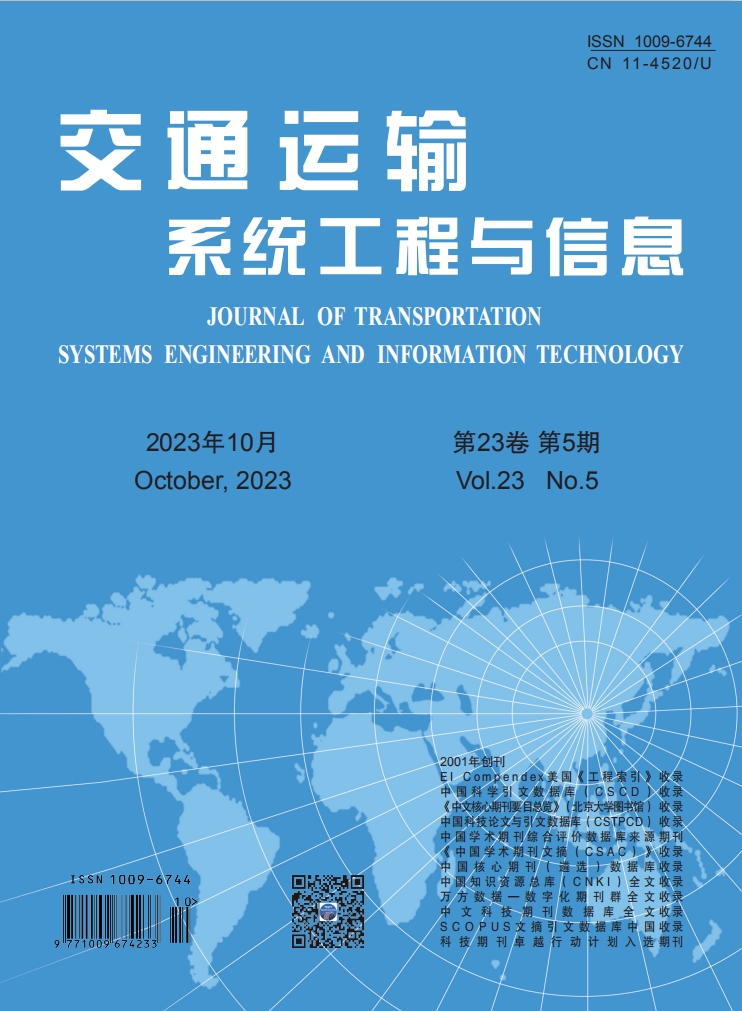|
|
Optimization of Terminal Allocation of Airlines Considering
Passengers' Cross-terminal Transfer
LI Yan-hua, YANG Jie, LIU Zhi-shuo, DENG Jie
2023, 23(5):
298-311.
DOI: 10.16097/j.cnki.1009-6744.2023.05.031
To improve the efficiency of cross-terminal transfer in multi-terminal hub airports, this study investigates an
optimization model of terminal allocation that determines the airline's distribution layout in each terminal. In order to
improve the convenience of airlines, enhance the travel experience of transit passengers, and reduce the operating cost
of airports, a multi-objective integer programming model for airline allocation optimization with multiple terminals
was established. The model minimizes the annual number of cross-terminal passengers, the number of cross-terminal
combinations between airlines of the same airline alliance, the total annual cross-terminal passengers' transfer time, and
the annual number of international/Hong Kong/Macau/Taiwan cross-terminal passengers, considering the terminal
capacity limit, airline passenger processing capacity limit and other factors. A hybrid optimization algorithm of
Simulated Annealing and Adaptive Particle Swarm Optimization (SA-APSO) was designed to solve the model. A hub
airport in southwest China was selected for example analysis. Firstly, the SA-APSO algorithm was used to solve small-scale examples. The results showed that the optimized targets were reduced by 14.51%~50.00% respectively, and the
objective function values change slightly at different runs, which verifies the effectiveness of the model and algorithm,
and the stability of the algorithm. Then, the SA-APSO algorithm was used to solve large-scale examples, and the optimal schemes corresponding to different target weight combinations were obtained. The results showed that the
optimized objectives were reduced by 26.86%, 28.33%, 89.91%, and 28.84%, respectively. The results show that: the
proposed model and algorithm can fully take into account the interests of airlines, transit passengers, and airports.
While meeting the limitations of terminal capacity and passenger handling capacity of airlines, it can improve the
efficiency of cross-terminal passenger transfer, reduce airport operating costs, and meet the convenience needs of
airlines, which can enhance the attraction of hub airport transit and provide theoretical guidance for the optimization of
airline terminal allocation in multi-terminal hub airports.
References |
Related Articles |
Metrics
|


